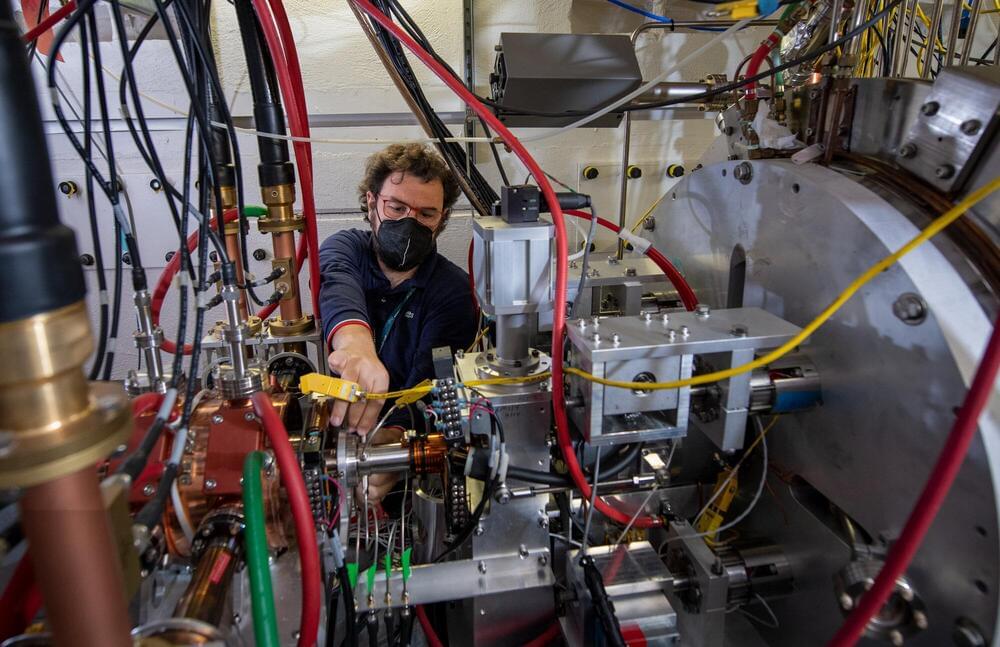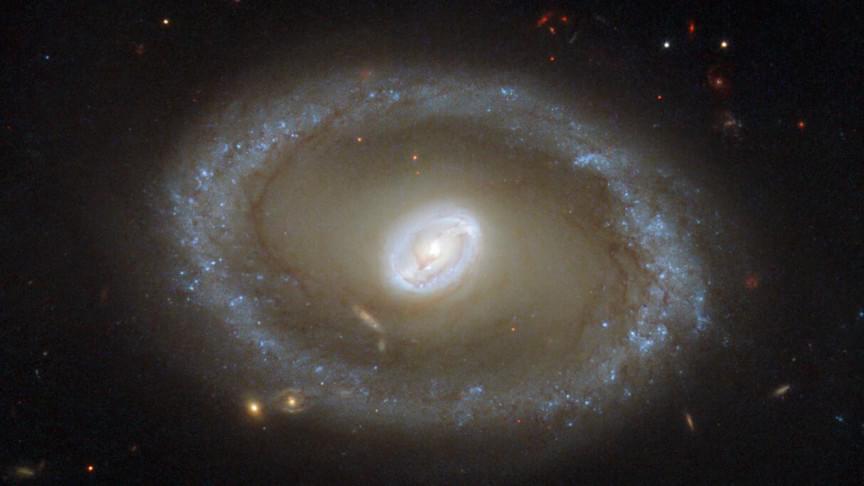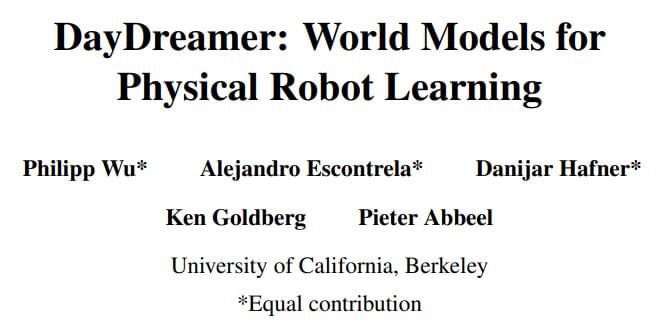Energy, mass, velocity. These three variables make up Einstein’s iconic equation E=MC2. But how did Einstein know about these concepts in the first place? A precursor step to understanding physics is identifying relevant variables. Without the concept of energy, mass, and velocity, not even Einstein could discover relativity. But can such variables be discovered automatically? Doing so could greatly accelerate scientific discovery.
This is the question that researchers at Columbia Engineering posed to a new AI program. The program was designed to observe physical phenomena through a video camera, then try to search for the minimal set of fundamental variables that fully describe the observed dynamics. The study was published on July 25 in Nature Computational Science.
The researchers began by feeding the system raw video footage of phenomena for which they already knew the answer. For example, they fed a video of a swinging double pendulum known to have exactly four “state variables”—the angle and angular velocity of each of the two arms. After a few hours of analysis, the AI produced the answer: 4.7.







